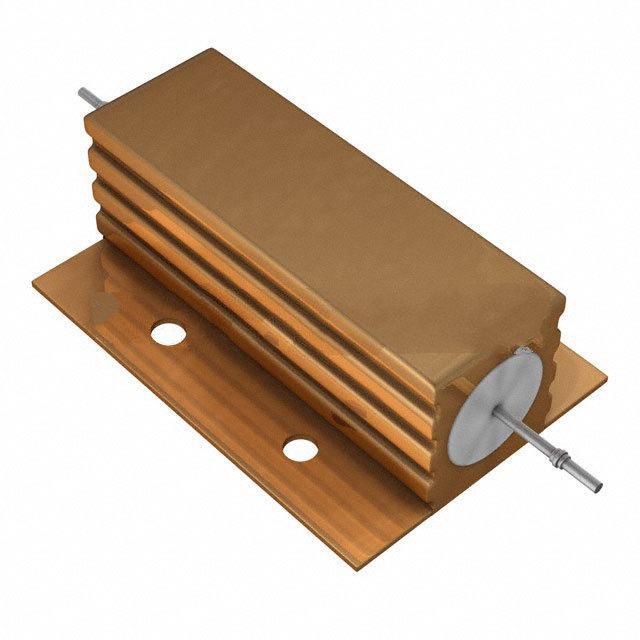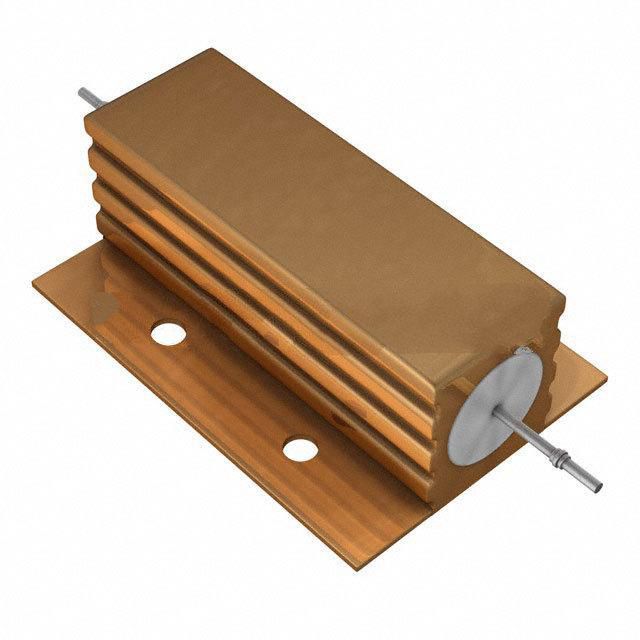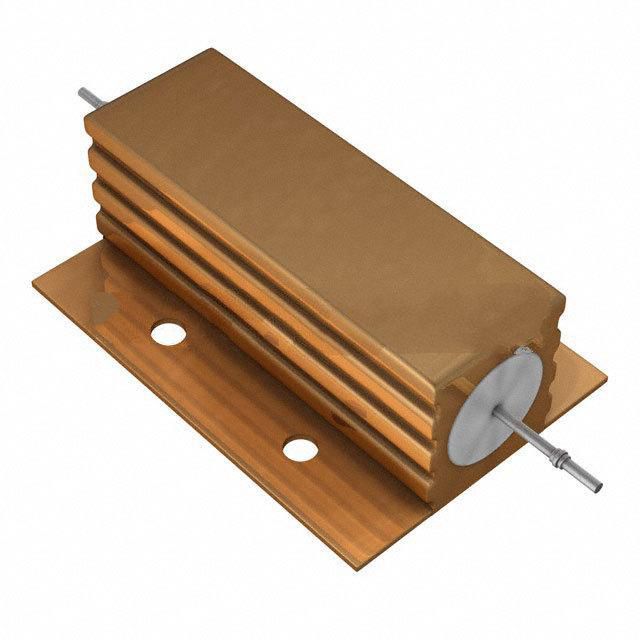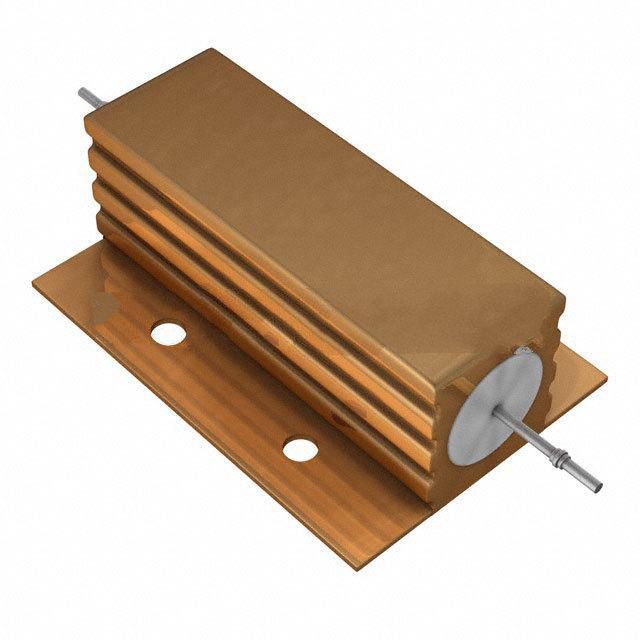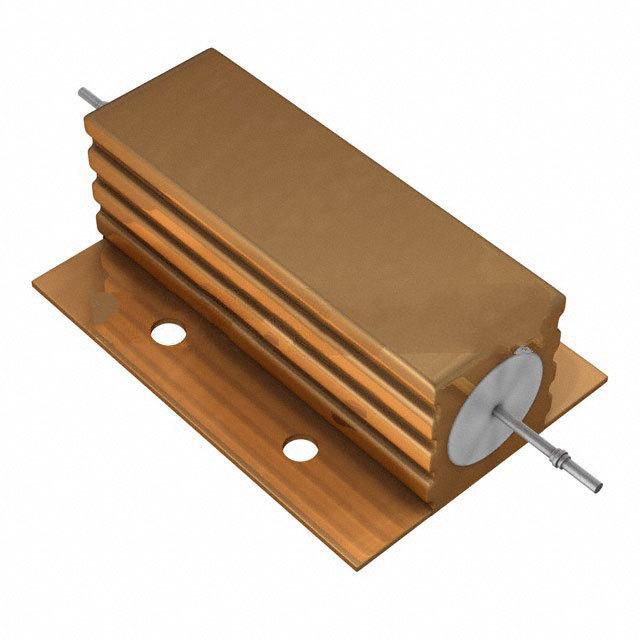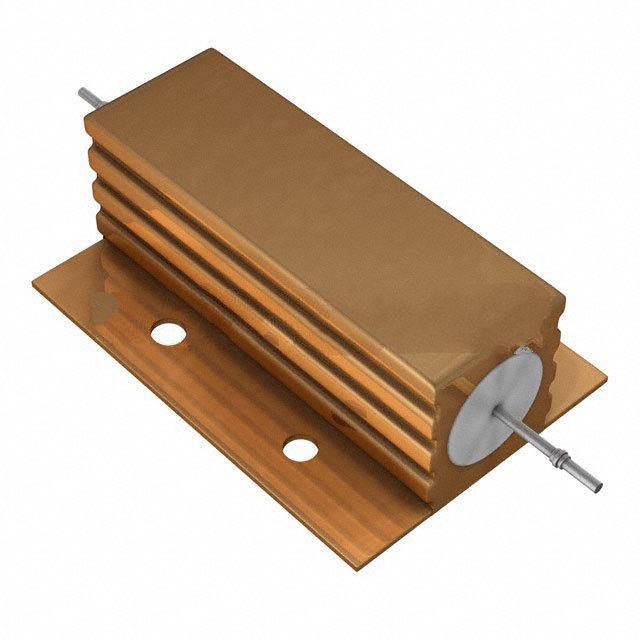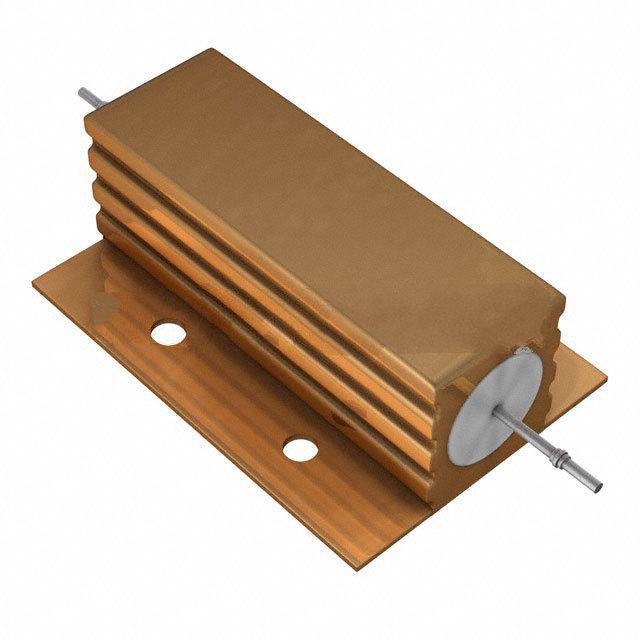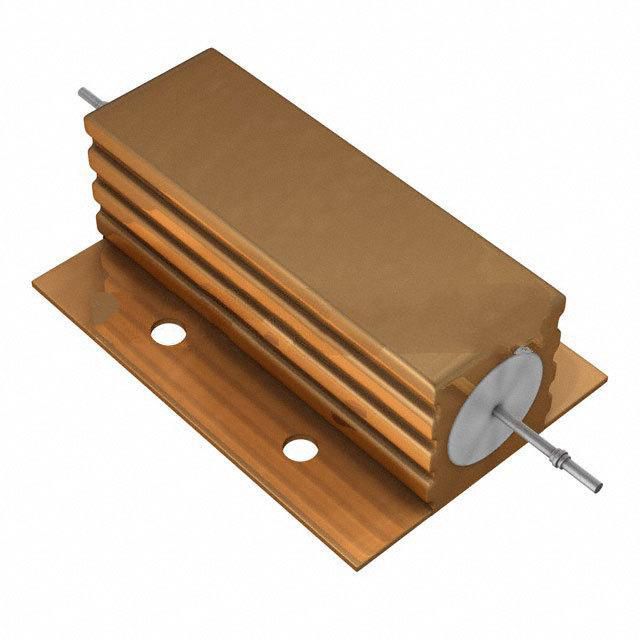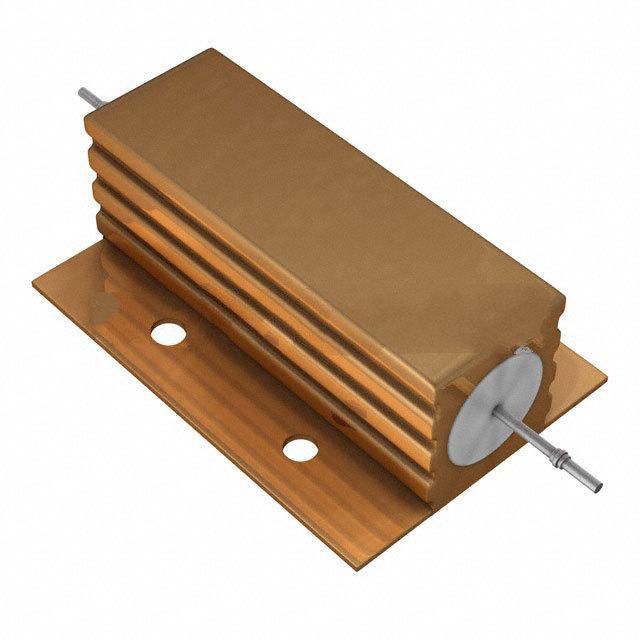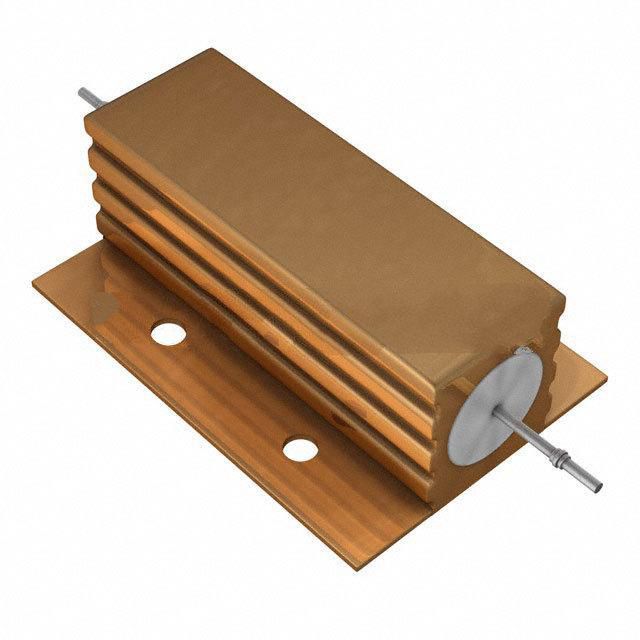Learn more about 10k ohm resistor color codes
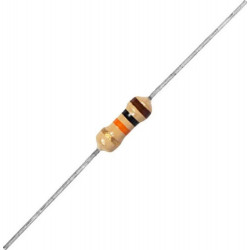
Friends who are familiar with resistors will know that color codes are a way to identify the resistance of a resistor. They are a very important tool for electronic engineers and circuit designers. In this article, Jinftry will take an in-depth look at the color codes for 10k ohm resistors, as well as their role and importance in the world of electronics. Jinftry will introduce the history of color codes, how they work, how to interpret them, and the applications of resistors to understand how these colored strips play a massive role in modern technology.
1. History and background of color codes
The color coding system for electronic components originated in the late 19th and early 20th centuries to help electronics engineers more easily identify and distinguish different resistor values. At the time, this was a revolutionary advance as it replaced the tedious method of marking numbers or letters, making electronic work more efficient and accurate. Although we have more advanced marking technology today, color codes are still widely used because they remain an intuitive and reliable method of identification.
2. How color codes work
The color code for a 10k ohm resistor usually consists of four colored strips that represent the resistance of the resistor. The color order and position of these four bands are meaningful, and they are arranged in the following order:
The first band (far left) represents the first digit of the resistor.
The second band represents the second digit of the resistor.
The third band represents the resistor's multiplier.
The fourth band represents the tolerance of the resistor.
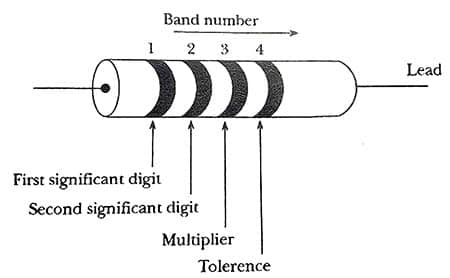
Color coding uses a specific color coding scheme, with each color corresponding to a number or multiplier. For example, here are some commonly used colors and their corresponding relationships:
Black: 0
Brown: 1
Red: 2
Orange: 3
Yellow: 4
Green: 5
Blue: 6
Purple: 7
Gray: 8
White: 9
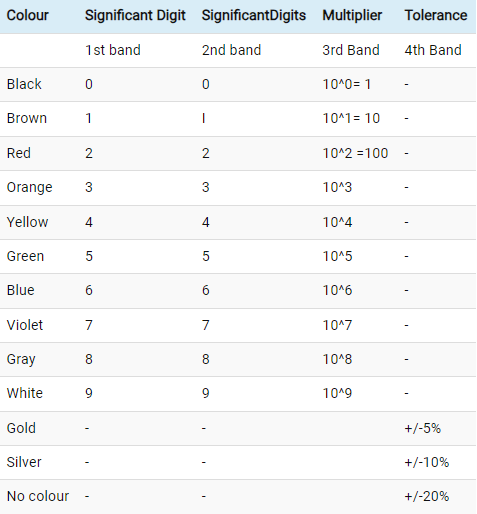
In addition, there are some special colors used to indicate tolerances (the allowable error range of resistance values), such as gold (±5% tolerance) and silver (±10% tolerance). There is actually a lot more content about resistors, such as resistor symbols. Different types of resistors have different symbols, which need to be used correctly in designing circuits. To understand the contents of resistor symbols, you can click to view: Do you know what the symbols for resistors are?
3. Interpret the color code of the 10k ohm resistor
Now, let's decipher an example color code for a 10K Ohm resistor. Let's say we have a resistor whose color code is brown, black, orange, or gold. According to the encoding rules we mentioned earlier, we can interpret it as follows:
The first band (brown) represents the first digit, which is 1.
The second band (black) represents the second digit, which is 0.
The third band (orange) represents the multiplier, which is 1000.
The fourth band (gold) represents the tolerance, which is ±5%.
Now, we can combine these numbers and the multiplier to get the value of the resistor:
10 * 1000 = 10,000 ohms, or 10 kiloohms.
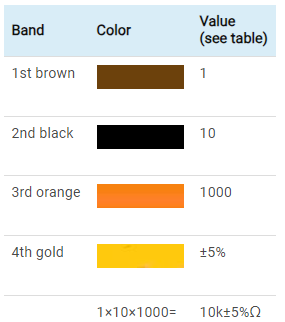
So, this resistor has a value of 10 ohms and a tolerance of ±5%. This means its actual resistance is between 9500 ohms and 10500 ohms with some patience.
4. Application field of 10k ohm resistor
10K ohm resistors are widely used in electronics. They are often used in circuits for some of the following tasks:
Voltage Divider: Resistors can be used to create a voltage divider to reduce the voltage in a circuit. This is useful for measuring signals in high-voltage circuits.
Current limiter: Resistors can be used to limit the flow of current and protect electronic components from excessive current damage.
Filter: In some cases, resistors are used to create filter circuits to remove noise or unwanted frequency components.
Frequency divider: In some frequency analysis applications, resistors are used in frequency divider circuits to help separate signals of different frequencies.
Regulator: Resistors are often used to adjust parameters in circuits, such as changing the volume or brightness of audio equipment.

5. The Future and Modernization of Color Codes
Although color coding has a long history in electronic engineering, the modern field of electronic engineering is constantly evolving. Some new marking methods and technologies have emerged, such as digital tags, QR codes, and RFID tags, which can provide more information and improve traceability. However, color codes still retain their value as they are an intuitive and practical method of marking, especially in prototyping and quick fixes.
In Conclusion
Color codes are an integral part of the electronics world and they play an important role in the identification and application of electronic components. In this article, we take an in-depth look at the color codes for 10k ohm resistors, and their role and importance in the world of electronics. Starting with the history and background of color codes, we learned how they originated in the early 20th century to improve the productivity and accuracy of electronic engineers. Despite the emergence of modern markup technology, color codes are still widely adopted in many situations because they are simple, intuitive, and reliable.
Next, we delve into how color coding works, explaining the order in which the four-color bands are arranged and what color coding means. We demonstrate how to interpret the color code example for a 10k ohm resistor and convert it into a resistance value. This procedure demonstrates the practical application of color coding and how to accurately determine resistor values and tolerances.
We then explored applications for 10k ohm resistors, including voltage dividers, current limiters, filters, dividers, and regulators. These examples highlight the versatility of resistors in electronic circuit design and how they help enable a variety of electronic applications.
Finally, we discuss the future and modernization of color coding. Even with the emergence of more advanced marking and tracking technologies in modern electronic engineering, color coding still has its unique value. They are still widely used in prototyping, experimentation, and troubleshooting because they provide a fast, intuitive, and cost-effective method of labeling.
In conclusion, color codes are important tools in electrical engineering, not only as they represent history and tradition, but they continue to play a key role in the modern world of electronics. Knowledge and mastery of color codes are essential skills for both beginners and seasoned engineers, and they help ensure the proper design and maintenance of electronic circuits. In the future, despite new marking techniques, color codes will continue to provide electronics engineers with useful tools to support their innovation and design efforts.

